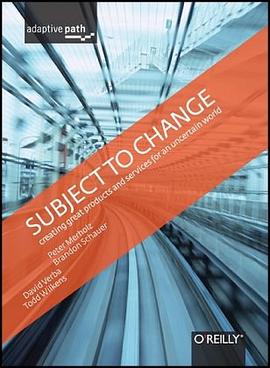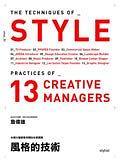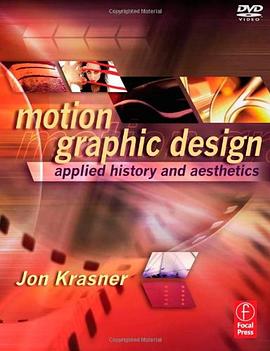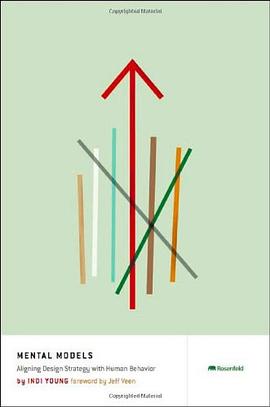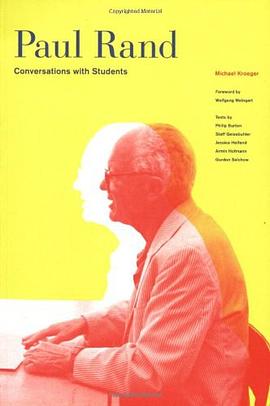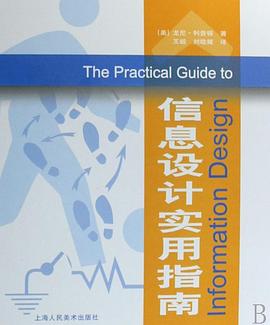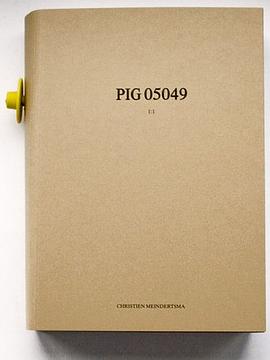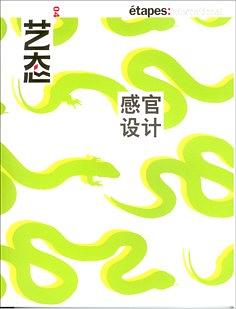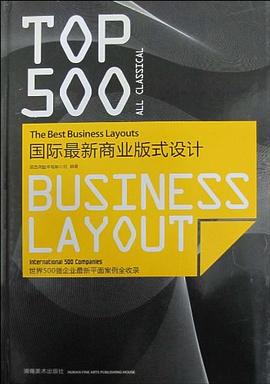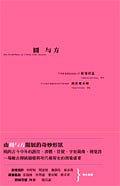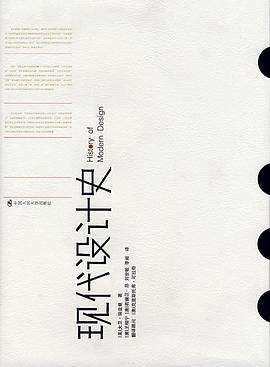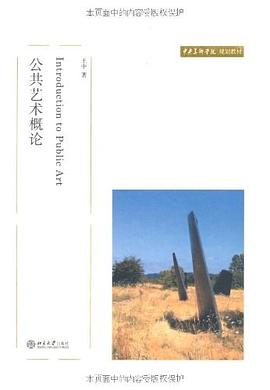

具体描述
Some may call it the first manifesto of the twenty-first century, for it lays down a new way to think about architecture. Others may think of it as the last architectural treatise, for it provides a discursive container for ideas that would otherwise be lost. Whatever genre it belongs to, SITELESS is a new kind of architecture book that seems to have come out of nowhere. Its author, a young French architect practicing in Tokyo, admits he "didn't do this out of reverence toward architecture, but rather out of a profound boredom with the discipline, as a sort of compulsive reaction." What would happen if architects liberated their minds from the constraints of site, program, and budget? he asks. The result is a book that is saturated with forms, and as free of words as any architecture book the MIT Press has ever published.The 1001 building forms in SITELESS include structural parasites, chain link towers, ball bearing floors, corrugated corners, exponential balconies, radial facades, crawling frames, forensic housing--and other architectural ideas that may require construction techniques not yet developed and a relation to gravity not yet achieved. SITELESS presents an open-ended compendium of visual ideas for the architectural imagination to draw from. The forms, drawn freehand (to avoid software-specific shapes) but from a constant viewing angle, are presented twelve to a page, with no scale, order, or end to the series. After setting down 1001 forms in siteless conditions and embryonic stages, Blanciak takes one of the forms and performs a "scale test," showing what happens when one of these fantastic ideas is subjected to the actual constraints of a site in central Tokyo. The book ends by illustrating the potential of these shapes to morph into actual building proportions. Francois Blanciak is an architect and Research Fellow at the University of Tokyo. He has worked for architectural firms in Los Angeles, Copenhagen, Hong Kong, and New York, with architects including Frank Gehry and Peter Eisenman.
作者简介
目录信息
读后感
subject city体系下建筑语汇的开放集合小书,可以随意一翻。 原书句子,what would happen,if architects liberated their minds from the constraints of site, program,and budget? 然而,私以为建筑师不可以如此自我解放。单论想象,也很难感到形式背后有所支撑...
评分You can read the book in five minutes or five years, or even it isn't worth reading at all. It makes laugh at the current architectural trend - 'formalism', althogh this may not be the author's original intention. However, it is still a quite enjoyable book...
评分subject city体系下建筑语汇的开放集合小书,可以随意一翻。 原书句子,what would happen,if architects liberated their minds from the constraints of site, program,and budget? 然而,私以为建筑师不可以如此自我解放。单论想象,也很难感到形式背后有所支撑...
评分You can read the book in five minutes or five years, or even it isn't worth reading at all. It makes laugh at the current architectural trend - 'formalism', althogh this may not be the author's original intention. However, it is still a quite enjoyable book...
评分subject city体系下建筑语汇的开放集合小书,可以随意一翻。 原书句子,what would happen,if architects liberated their minds from the constraints of site, program,and budget? 然而,私以为建筑师不可以如此自我解放。单论想象,也很难感到形式背后有所支撑...
用户评价
好书一只。
评分窃以为题记引得很恰当:We think the more directions that architecture takes at this point, the better. - D. S. Brown & R. Venturi。本书也是当代建筑纷繁思潮中的一朵奇葩。可以一看,不用有太多价值判断。
评分有意思~~不过好多重复啊
评分它是考前立构的利器。
评分非常需要进行形体方面的特训
相关图书
本站所有内容均为互联网搜索引擎提供的公开搜索信息,本站不存储任何数据与内容,任何内容与数据均与本站无关,如有需要请联系相关搜索引擎包括但不限于百度,google,bing,sogou 等
© 2025 book.wenda123.org All Rights Reserved. 图书目录大全 版权所有

